How TU/e technology brings the endless power of the sun to your home (and car)
The potential of solar power is enormous: our planet intercepts some 173,000 terawatts of radiation from the sun at any time, 10,000 times more power than the planet’s population uses. Harnessing this almost endless power source has been the driving force of much research at the Eindhoven University of Technology. The research covers a broad terrain of expertise and interests, ranging from the elemental building blocks of solar cells and upscaling of technology to industrial production, to enhancing the aesthetics of solar panels or application in solar-powered cars. And with success: it is estimated that almost one third of all solar cells worldwide contain technology pioneered by our researchers. On this page we take you step by step through the whole chain: from fundamental research in the lab to the application in everyday life.
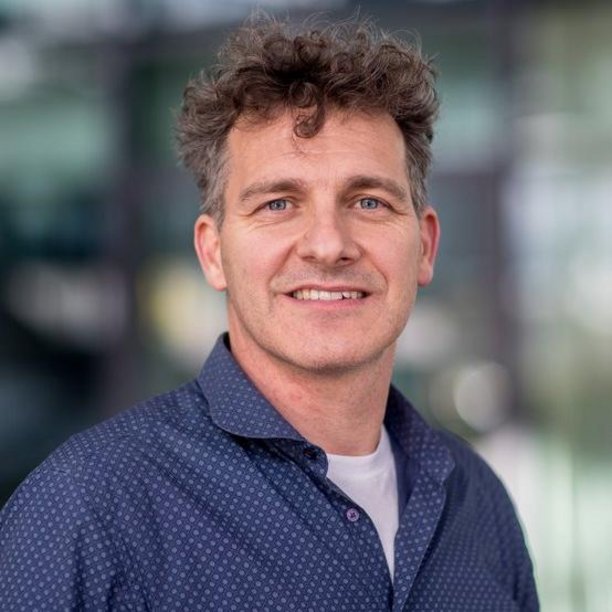
Erik Bakkers: Beating the theoretical maximum efficiency with nanowires
Physicist Erik Bakkers is best known for his search for Majorana particles. But his fundamental research into nanowires may not only revolutionize computing. It may well become a key element in sustainable energy supply as well. Bakkers thinks that within a few years he can break the so-called Shockley-Queisser limit, the theoretical maximum efficiency of solar cells. It states that due to physical laws, solar panels can only convert about one third of the sun light they absorb into electricity.
But Bakkers is convinced that his nanowire solar cells can go beyond this limit. Because of their size and diameter, nanowires are very good at capturing and concentrating light. By using these geometric qualities, Bakkers and his team are able to reduce so-called entropy losses, and thus enhance the performance of solar cells. In 2016, Bakkers’ group already set the world record efficiency for nanowire solar cells at 17.8 percent. The main challenge is developing a high-quality material that has excellent internal efficiency. “And that is exactly what were good at”, says Bakkers. More about Bakkers’ work in this longread and on his group page. His most recent research can be found here.
René Janssen: Polymers and plastics for flexible and transparent solar cells
The search for unconventional photovoltaic materials is also part of the research of university professor René Janssen, who heads the interdisciplinary group Molecular Materials and Nanosystems. The group specializes in developing organic and perovskite semiconductor materials and in exploring multijunction cells, in which several absorber layers work in concert to boost the efficiency.
Organic and perovskite semiconductors are easy to process and potentially cheap. Looking at their disordered nature and defect density, it surprising that these molecular materials afford very efficient solar cells. Janssen’s group focuses on understanding and modifying the subtle interactions between the chemical and electronic structure in these materials, to control light absorption, charge transport, and the nanoscale structure to improve these novel materials.
Multijunction cells combine two or more sub cells, using materials that absorb different parts of the solar spectrum, so that the maximum efficiencies for each can be combined. Here, the main focus for Janssen’s research team is creating the optimal materials that make these cells efficient. The team was first worldwide to successfully make solution processed polymer solar cells and is now striving towards such devices based on perovskites. More about Janssen’s work on his group page. His most recent research can be found here.
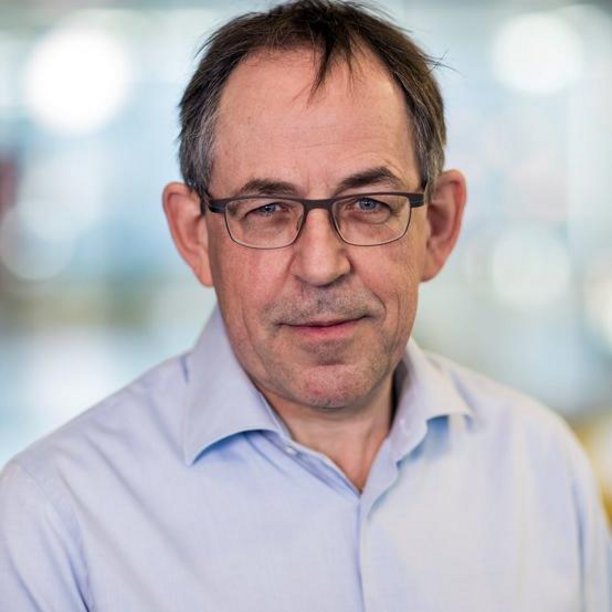
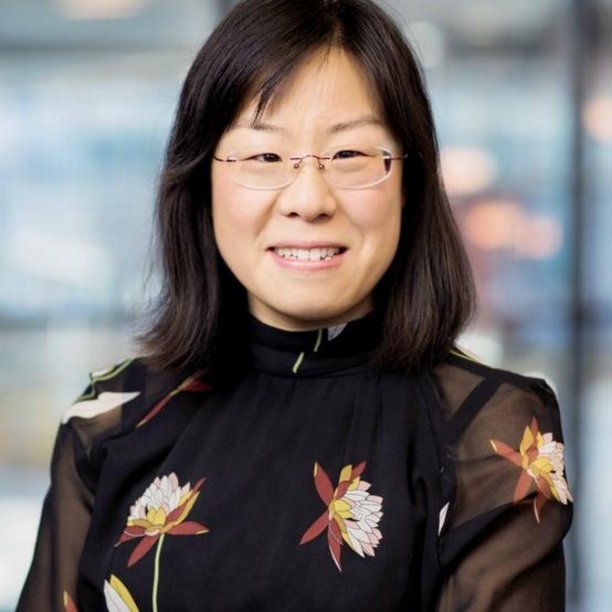
Shuxia Tao: Improving the stability of the promising perovskite
Like René Janssen, Shuxia Tao uses insights from both chemistry and physics in her research, but her approach is computational. Using atomistic and multiscale computational methods, she tries to get a fundamental understanding of the materials used in solar cells.
One of her current research interests are defects in perovskite. Perovskite is an abundant and cheap material, which potentially makes it an attractive alternative to silicon. However, it suffers from instability, which means perovskite tends to degrade quickly under the influence of light, heat and moisture. Tao recently demonstrated that by adding a small layer of protective fluoride to the perovskite, the stability of the material can increase significantly.
The challenge for the future lies in getting a better fundamental understanding of the relevant mechanisms at the atomic scale. “We still don’t have all the answers to why some materials are more effective than others in increasing the long-term stability of perovskite cells”, says Tao. More about Tao’s work on her group page. Her most recent research can be found here.
Erwin Kessels: Moving solar technology out of the laboratory
Erwin Kessels is specialized in using so-called Atomic Layer Deposition (ALD) techniques to create highly efficient solar cells that can be produced at an industrial scale and at acceptable cost. ALD is a manufacturing technique capable of depositing atomically thin layers on a substrate. Because the layers are applied consecutively, it allows for very precise and complex structures.
These nanolayers have multiple applications in solar cells. Firstly, they are used as so-called passivation layers to minimize electrical losses at the silicon surface. Secondly, they can function as anti-reflective coatings, which minimize the amount of light reflected by the silicon cells. Thirdly, they are used as transparent conductive oxides (TCOs), which are needed at the front of non-wafer based solar cells to conduct charge. Fourthly, nanolayers are used to produce ultrathin film solar cells, which, because they are flexible and low in weight, can be used in buildings. And finally, nanolayers can help to increase the efficiency of perovskite solar cells.
Kessels believes ALD holds much promise for the solar industry, because it is a technology that can be used at scale and easily move out of the laboratory into industrial applications. He expects that within one to two years virtually all commercial solar panels will include nanolayers developed at his lab. Working together with industry is a big priority for Kessels. He is one of the driving forces behind the Solliance alliance, which brings together leading solar researchers from both academia and industry. More about Kessel’s work can be found on his group page. His most recent research can be found here.
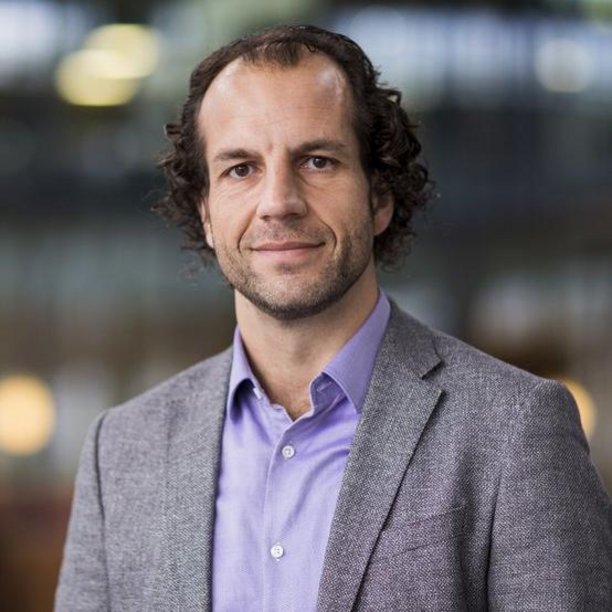

Adriana Creatore: Interface design and engineering for next generation solar cells
Adriana Creatore explores the technique of Atomic Layer Deposition (ALD) beyond its present application in silicon solar cells. Specifically, she focuses on the design and engineering of interfaces and thin films by ALD for metal halide perovskite solar cells and tandem architectures.
As we have seen, metal halide perovskite has been the focus of intensive research in recent years, which has brought the efficiency rates of these solar cells beyond 25%, close to conventional silicon cells. Because the band gap of perovskite semiconductors can be manipulated (‘tuned’), they can be used in tandem devices, which combine perovskite solar cells with silicon or copper indium gallium selenide (CIGS) solar cells, even further improving their efficiency.
Creatore investigates metal oxides, because they have proven to be very efficient transport layers in metal halide perovskite solar cells. Tin oxide (SnO2) is one the most promising metals. Not only is it an efficient electron transport layer, it also ensures that the solar cell keeps its efficiency and stability when exposed to heat or humidity, as recently highlighted by the collaboration of Creatore’s group with Solliance Solar Research. Another interesting case study is nickel oxide (NiO), which plays a major role towards the synthesis of efficient tunnel junctions. Junctions allow current to flow between the bottom and top cells by eliminating the opposite charge carriers that are generated in the two cells.
Creatore is principle scientist representing the focus area “Chemistry for sustainable energy systems” within the recently founded Eindhoven Institute for Renewable Energy Systems (EIRES). More about Creatore’s work can be found here.
Roel Loonen: Making solar cells aesthetically pleasing
Roel Loonen‘s work focusses on bringing the technology of solar panels into the built environment. He is developing performance-based design guidelines for adapting solar cell materials in such a way that they can be integrated perfectly in construction elements, making the whole setup more efficient, aesthetically pleasing and less expensive. The ambition to customize the production of solar panels for specific dimensions in the construction industry is known as Building Integrated PhotoVoltaics (BIPV). It caters to the growing market for renovation and the urgent need for sustainable energy consumption and production in our homes and buildings.
In the PV OpMaat project he and other researchers worked together with various industry partners to implement BIPV, combining modelling and simulation techniques from building physics with experimental research. Loonen also looks into the opportunities and constraints of customized thin film technology used in BIPV, evaluating the potential of ultrathin film solar cells.
The performance of full-scale BIPV modules is currently being monitored in SolarBEAT, an outdoor testing facility at the roof of one of the TU/e buildings that combines a sophisticated weather station with a full installation for thermal research and a network of sensors for irradiation, temperature and energy yield. More about Loonen’s work on his group page. His most recent research can be found here.
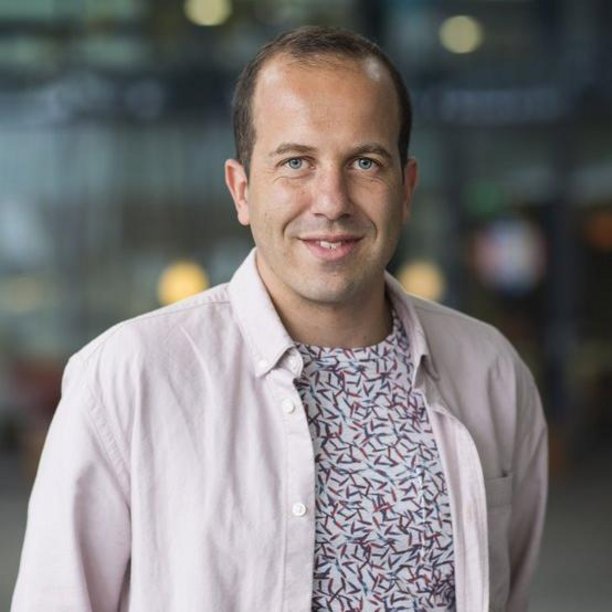

Michael Debije: Colorful concentrators
Michael Debije is also interested in the application of solar technology in the built environment, but he approaches the subject from a different angle, as a chemical engineer. He designs polymer-based solar energy systems that can beautify as well as generate electrical power, and respond to changes in environmental conditions. He is also working to bring adaptable solar energy systems to horticulture, to improve the function of greenhouses. The polymer plate devices could be integrated anywhere it is not appropriate to use traditional solar panels.
Debije is best known for his work on so-called Luminescent Solar Concentrators (LSCs), colorful, adaptable solar energy generators that are ideal for use in urban settings. LSCs are made of tiny luminescent particles, on which sunlight is captured and reflected until it reaches the edges of a solar cell. This converts the concentrated sunlight into electricity.
Because LSCs are transparent, they can be used in settings where solar panels are less desirable, because of aesthetics or because they get easily vandalized or dirty. An added advantage is that LSCs are less sensitive to shade. More about Debije’s work on his group page. His most recent research can be found here.
Angèle Reinders: design-driven research on photovoltaic applications
Angèle Reinders research focuses on the integration of photovoltaic (PV) solar energy technologies in mobility, buildings, infrastructures and our environment by applying a design-driven approach. In it, she combines technical research with other relevant disciplines (such as industrial design and socio-economics) to create products and systems that people actually can and like to use. Reinders strongly believes that the sustainable energy revolution can only be successful if engineers take into account human factors, societal context, financial aspects and design and styling.
At present her design-driven research has three core pillars: (1) luminescent solar concentrator (LSC) technologies, (2) performance and reliability assessments of solar systems and (3) solar powered mobility. Her applied research on innovative colored LSC devices ranges from roof tiles to advanced geometrical designs, which have both great design features (color, transparency, form) and high efficiency. The performance of these and other integrated PV modules are tested in the TU/e’s large area solar simulator.
Working together with more than 250 researchers from 37 countries across Europe, she investigates the long-term yields of PV systems in different climates and in various hybrid system contexts, using big data analytics, simulations and machine learning techniques.
Her research on PV-powered mobility focusses on solar-powered electric cars and solar charging stations. In this research she works together with Lightyear, Toyota, TNO, IM Efficiency and Forschungszentrum Jülich. More details about Reinders’ work can be found here. Or check out her recent book Designing with Photovoltaics (2020).

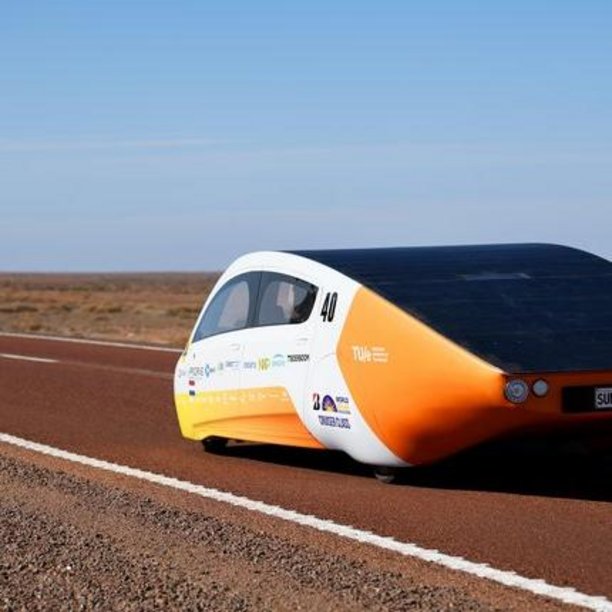
Solar Team: Driving on sunlight
Solar Team Eindhoven brings the technology of solar panels to the world of mobility. Their prize-winning Stella Solar car proves that, as far as sustainability is concerned, cars are not the problem, but the solution. Stella is a family car outfitted with a roof of solar panels, which allows the car to drive independently, free of the grid and using no fossil fuels. Stella is unique: not only is it completely self-powered, it also use Artificial Intelligence to automatically find the most sunny spot. And it can charge other cars, which makes it into a mobile charging station.
Improving the solar car is a continuous process. Every other year, a brand-new group of students from TU/e starts their adventure to work on a new solar family car. Team 2019, which was responsible for Stella, consisted of 26 passionate students, backed up by more than 60 alumni.
Solar Team Eindhoven has already led to a major spin-off: the company Lightyear, which builds electric cars with integrated solar panels. This company from Helmond, which has some 150 employees, presented its first car last summer.